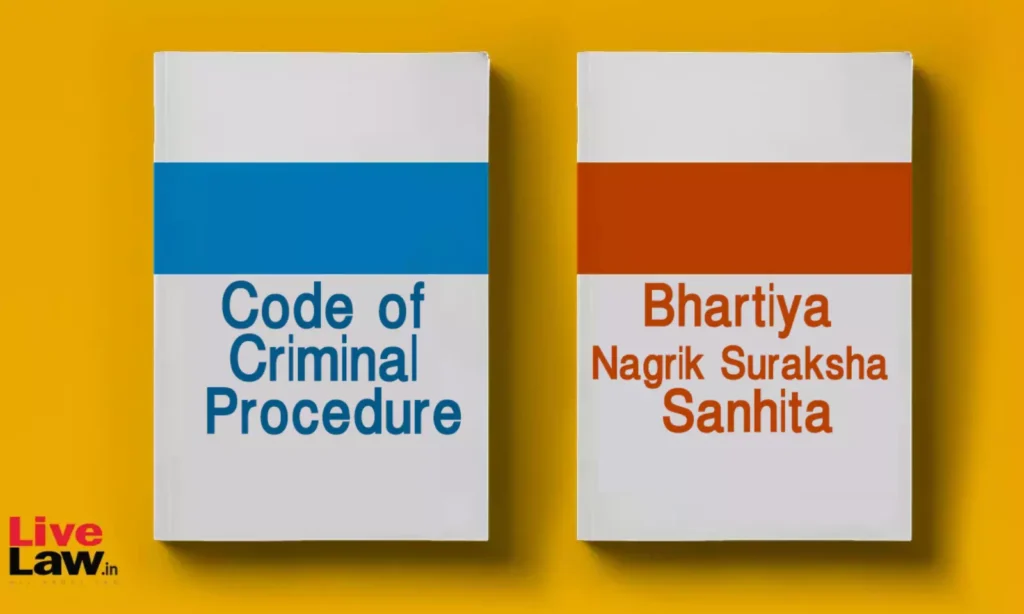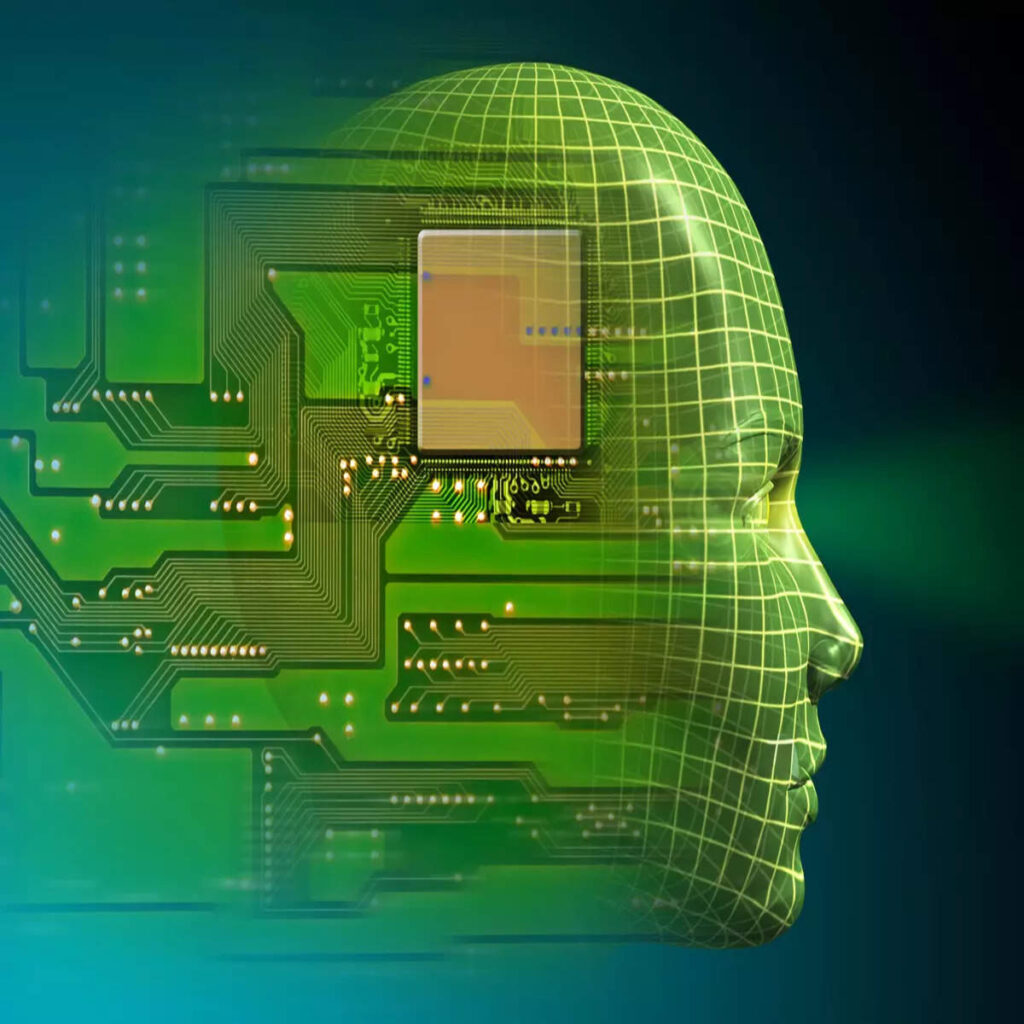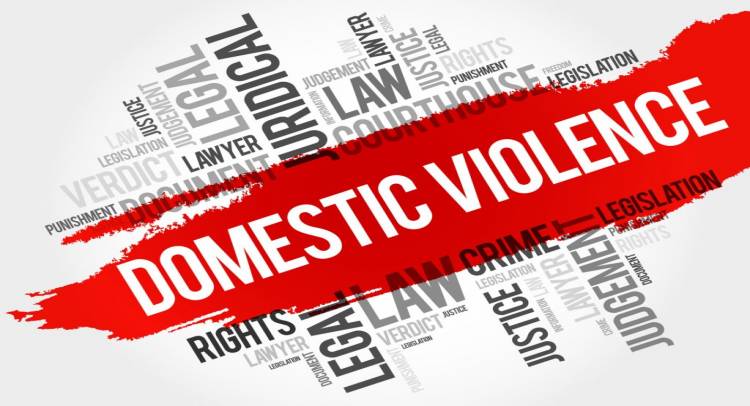Bhartiya Nagrik Suraksha Sanhita: A New Chapter in India’s Criminal Justice System
Introduction The Bhartiya Nagrik Suraksha Sanhita (BNSS) represents a significant shift in India’s legal framework, particularly in the realm of criminal law. Proposed as a modern replacement for the Indian Penal Code (IPC), the BNSS aims to address the evolving needs of Indian society, streamline legal processes, and ensure justice is delivered more effectively. This article delves into the key features, objectives, and potential impact of this new code on the Indian criminal justice system. Background and Rationale The Indian Penal Code, 1860, is one of the oldest legal documents still in force in India. Drafted during the British colonial era, the IPC has served as the backbone of India’s criminal justice system for over 160 years. However, over time, it has become apparent that the IPC is in need of comprehensive reform. The socio-economic landscape of India has changed dramatically since the 19th century, and with it, the nature of crimes and the demands of justice. The BNSS is an attempt to modernize and Indianize the criminal justice system. It reflects contemporary values and addresses the shortcomings of the IPC. The new code also aligns with the constitutional mandate of protecting citizens’ rights while ensuring that justice is not delayed. Key Features of Bhartiya Nagrik Suraksha Sanhita 1. Simplification of Language: One of the primary goals of the BNSS is to simplify the legal language used in the criminal code. The IPC’s archaic language has often been a barrier to understanding for the common citizen. The BNSS aims to make the law more accessible by using clear and straightforward language. Focus on Citizens’ Rights: The BNSS places a strong emphasis on the rights of citizens, ensuring that the legal system is more balanced and just. It introduces new provisions to protect the rights of the accused while ensuring that victims receive timely justice. Incorporation of Technological Advancements: The new code recognizes the role of technology in modern-day crimes and law enforcement. It includes provisions for handling cybercrimes, digital evidence, and other technology-driven offenses, ensuring that the law keeps pace with the rapid advancements in technology. Victim-Centric Approach: The BNSS shifts the focus from merely punishing offenders to providing adequate relief and rehabilitation to victims. It introduces measures for victim compensation, support services, and speedy trials to reduce the trauma faced by victims. 5. Streamlining Legal Procedures: To address the issue of delayed justice, the BNSS proposes reforms in procedural laws. It introduces measures for faster investigation, trial, and sentencing processes. The aim is to reduce the pendency of cases and ensure that justice is delivered promptly. Provisions for New Types of Crimes: The BNSS includes new sections to address emerging crimes such as organized crime, economic offenses, and environmental crimes. This ensures that the legal system remains relevant in addressing the challenges posed by new forms of criminal activity. Potential Impact on the Criminal Justice System The introduction of the BNSS is expected to have a profound impact on India’s criminal justice system. By modernizing the legal framework, it aims to make the system more efficient, transparent, and responsive to the needs of society. 1. Enhanced Accessibility and Understanding: With simplified language and clearer provisions, the BNSS will make the law more accessible to the general public. Citizens will be better informed about their rights and responsibilities, leading to greater legal awareness. Speedier Justice Delivery: The reforms proposed in the BNSS, particularly in procedural law, are likely to reduce delays in the judicial process. This will help in addressing the issue of overcrowded courts and ensure that justice is not denied due to prolonged litigation. Balanced Legal Framework: By focusing on both the rights of the accused and the needs of victims, the BNSS aims to create a more balanced and fair legal system. This approach is expected to enhance public trust in the judiciary and law enforcement agencies. 4. Adaptation to Modern Challenges: The inclusion of provisions for new types of crimes and the use of technology in law enforcement will equip the criminal justice system to handle contemporary challenges more effectively. This will ensure that the legal framework remains relevant in a rapidly changing world. 5. Promotion of Restorative Justice: The BNSS’s victim-centric approach is a step towards promoting restorative justice, where the focus is on healing the harm caused by crime rather than solely punishing the offender. This can lead to more meaningful resolutions for victims and communities. Challenges and Considerations While the BNSS is a progressive step towards reforming India’s criminal justice system, its implementation will not be without challenges. The transition from the IPC to the BNSS will require extensive training for law enforcement agencies, legal practitioners, and the judiciary. Moreover, there may be resistance to change from various quarters, given the deep-rooted familiarity with the IPC. Additionally, the success of the BNSS will depend on the effective enforcement of its provisions. Merely enacting a new code is not sufficient; it must be backed by strong implementation mechanisms and the necessary infrastructure to support the changes. Conclusion The Bhartiya Nagrik Suraksha Sanhita marks a new chapter in India’s criminal justice system. By addressing the limitations of the Indian Penal Code and incorporating modern principles of justice, the BNSS holds the promise of a more efficient, fair, and responsive legal framework. As India moves forward with these reforms, it is essential to ensure that the transition is smooth and that the new code truly serves the needs of a diverse and dynamic society. The BNSS is not just a legal document; it is a reflection of the aspirations of a nation striving for justice in the 21st century.










